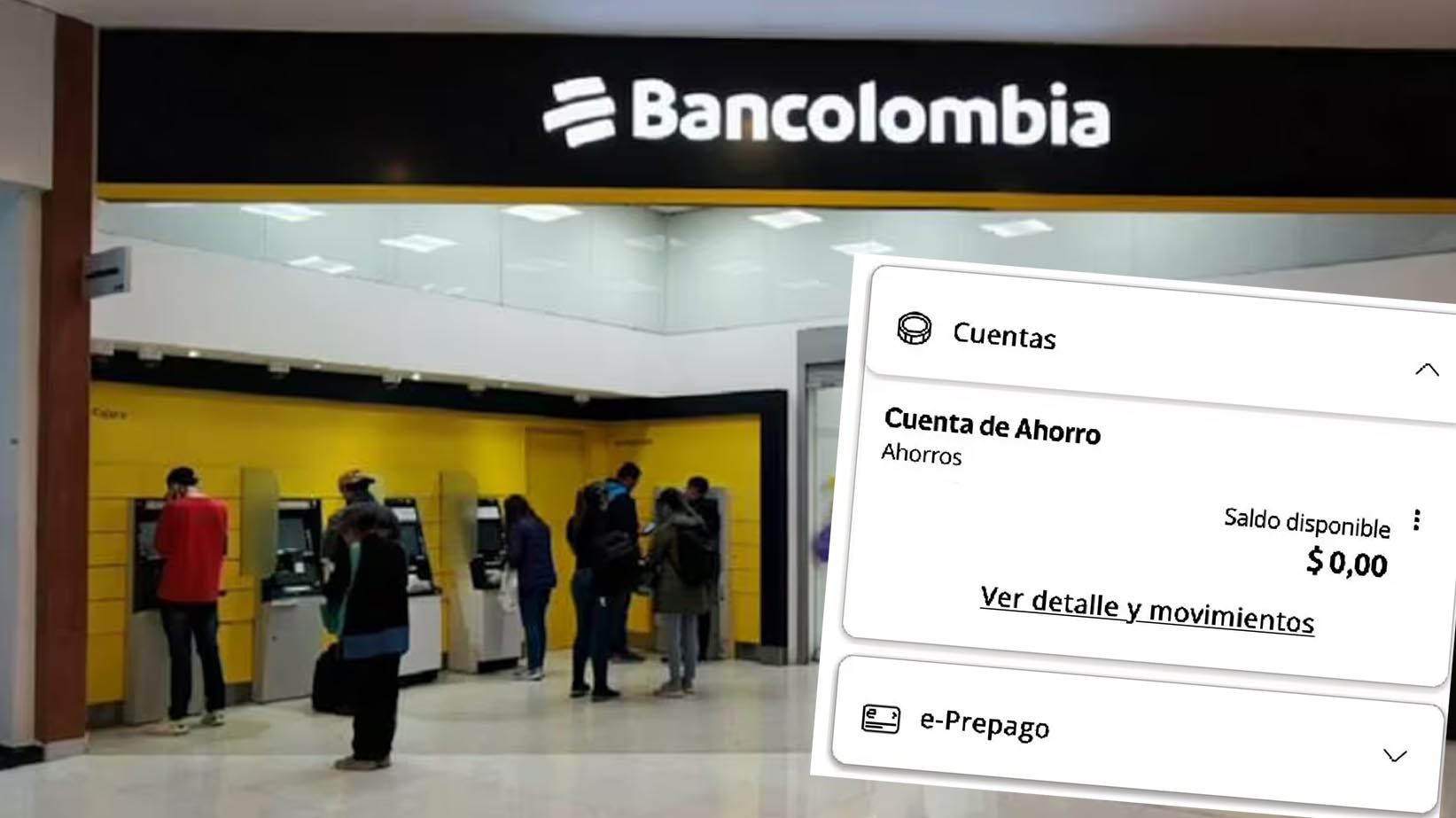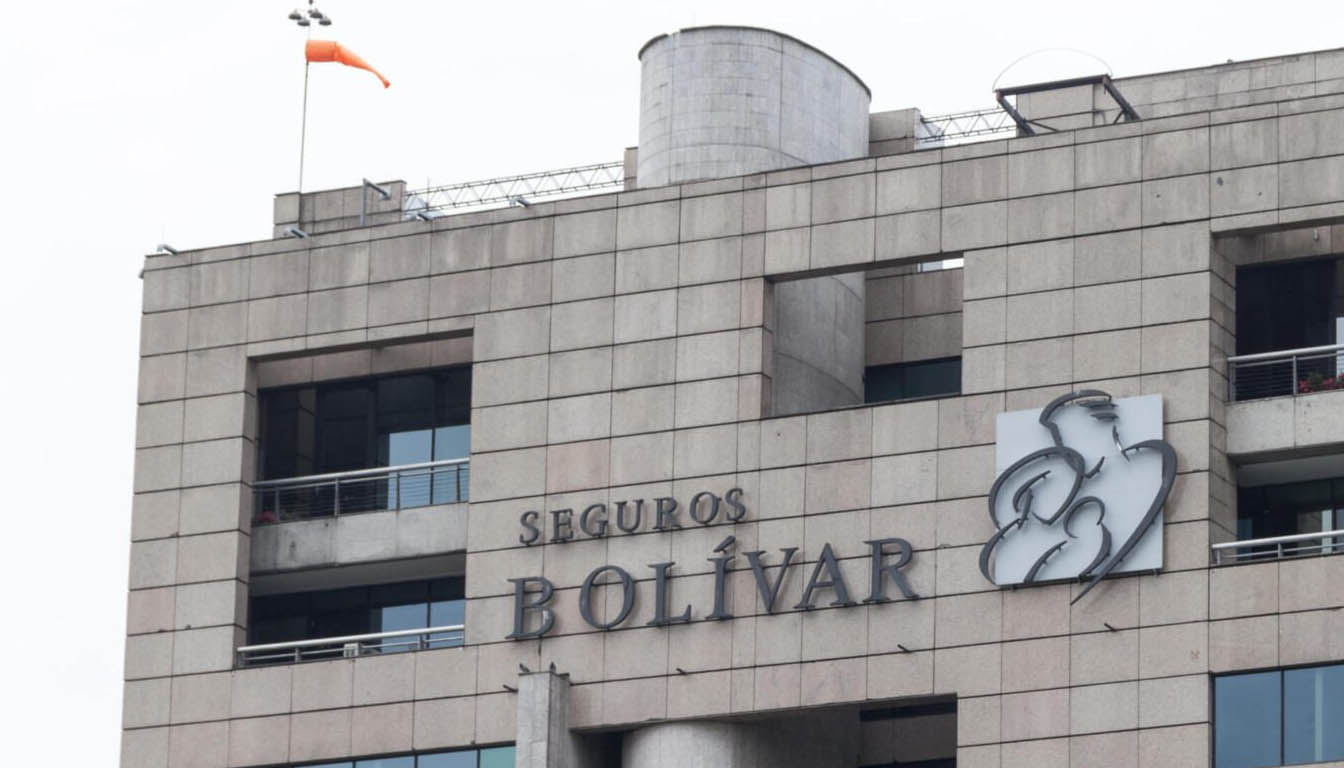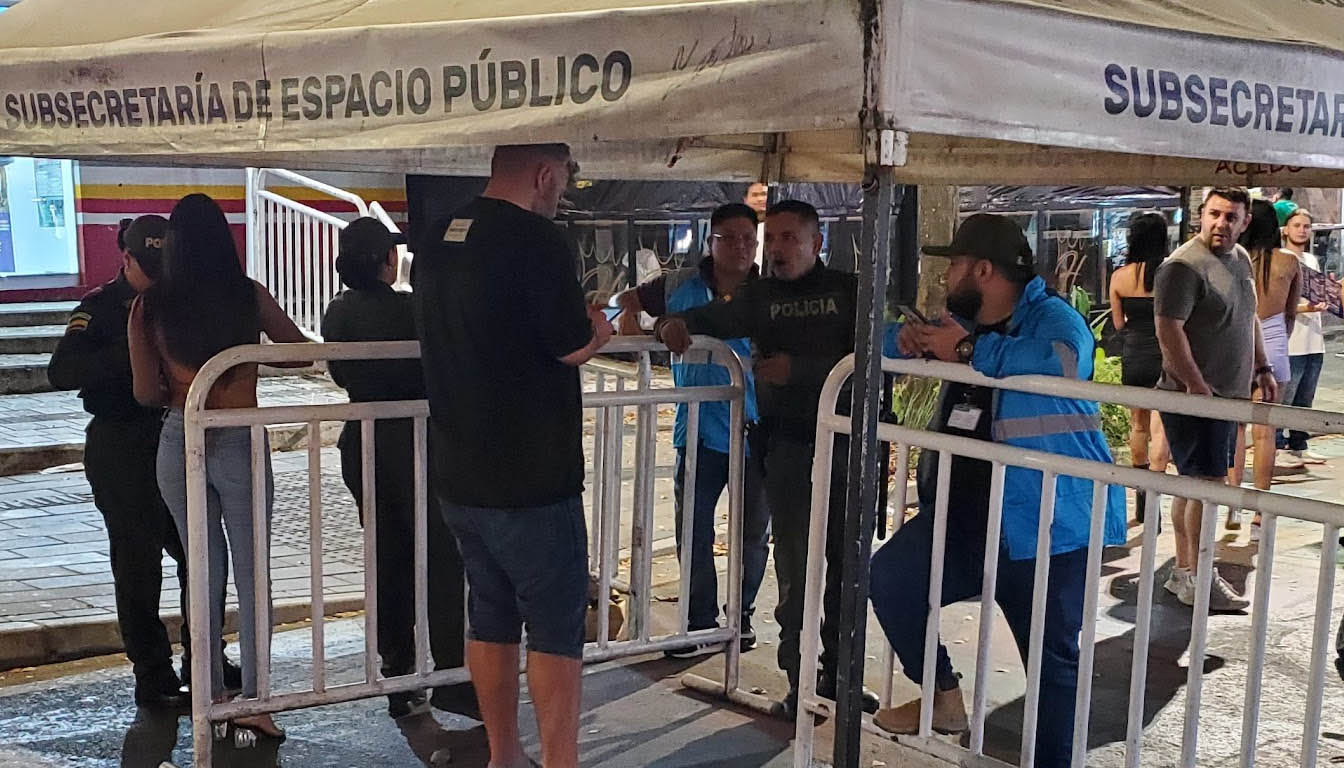The city of Medellin, which has never stopped improving, will soon advance in the construction of its third Metro line, according to the Mayor of the capital of Antioquia, Daniel Quintero Calle. This new line, known as the 80 line, will consist of 14 kilometers and 17 stations. It is expected to impact approximately one million people and will have electric mobility. The technical and financial viability has already been established, along with the necessary resources and procurement of the main construction work, among others.
The funds for the project will be split, with 70% coming from the nation and 30% from the municipality of Medellin. The construction of the 80 line will begin in the second week of February and requires the purchase of 1,319 properties, 594 of which will be purchased in full and 725 partially. The contract for the work will reach $4 billion and will be executed by the Temporary Union Metro of the 80, consisting of the firms CRRC (Hong Kong) and Mota Engil.
Despite the fact that Mayor Quintero Calle oversaw the procurement of all the requirements for this project, he acknowledged that it is a long-term project and will take three administrations to complete. The investment will be substantial in the city, and the people of Medellin must prepare for at least six years of construction work.
The importance of switching away from fossil fuels
Air pollution is a problem in Medellin due to various factors such as increased industrialization, transportation, and population growth. These factors have led to an increase in emissions of pollutants into the air, including particulate matter, nitrogen oxides, and sulfur dioxide, which have negative impacts on public health and the environment. Additionally, the city’s geography, which is surrounded by mountains, traps pollutants and increases their concentration in the air, exacerbating the problem.
The residents of Medellin are exposed to these harmful pollutants, leading to respiratory problems, heart disease, and other health issues. The city has implemented various measures to combat air pollution, such as encouraging the use of public transportation, promoting clean energy, and implementing stricter regulations on industrial emissions, but there is still much work to be done to ensure clean air for the city’s residents.
The transition to renewable energy is a complex process that requires significant investment, but it is a necessary step towards a more sustainable future. By reducing our dependence on finite and polluting fossil fuels, we can work towards a world that is cleaner, healthier, and more resilient to the impacts of climate change.
The history of the Medellin Metro
The Medellín Metro, also known as the Metropolitan Area of the Aburrá Valley (AMVA), is a mass transit system serving the city of Medellín, Colombia. It is the first and only metro system in Colombia, and it has been a vital component of the city’s public transportation network for over 30 years.
The Medellín Metro was first proposed in the 1970s as a way to address the growing traffic congestion in the city and improve mobility for residents. However, it wasn’t until the 1990s that the project finally gained momentum and was approved by the city government.
Construction of the first line of the Medellín Metro began in 1991 and was completed in 1995. The line ran from Niquía to Itagüí and was immediately embraced by residents, who appreciated the quick, convenient, and reliable transportation it provided. Over the next two decades, additional lines were added to the system, expanding its reach throughout the city and connecting more neighborhoods to the rest of Medellín.
The innovativeness of the Medellin Metro
One of the most innovative aspects of the Medellín Metro is its integration with other forms of public transportation, including cable cars and buses. This allows passengers to seamlessly transfer from one mode of transportation to another, making it easier to get around the city. The system is also well-designed, with spacious trains and modern infrastructure that make for a comfortable riding experience.
In addition to improving mobility for residents, the Medellín Metro has had a profound impact on the city’s economy and quality of life. It has created jobs and attracted investment, and it has made it easier for people to access employment opportunities, education, and healthcare. The system has also helped to reduce traffic congestion, making the city a more livable and sustainable place.
The Medellín Metro is widely recognized as one of the most successful public transportation systems in the world. It has won numerous awards and accolades, and it serves as a model for other cities looking to improve their transportation networks. The success of the Medellín Metro is a testament to the power of innovative thinking and the commitment of the city’s residents to finding solutions to the challenges they face. This new metroline is an important step in improving Medellin’s public transport system even further.









